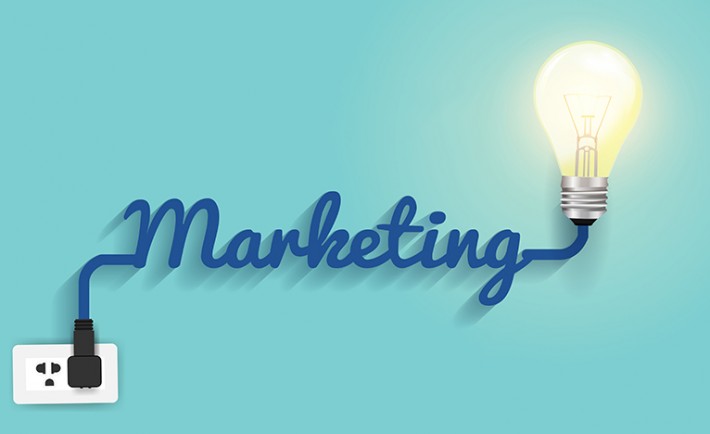Business owners regularly think that there is just one type of search result they need to contend with; organic search. Others are aware that paid results exist, but this still doesn’t cover it all. You see, when a website looks to improve its search engine performance, it will often only contend with these two types of results. In reality, there are way more out there that you must focus on to make your site more visible online.
Below, we’re going to look at each search result type out there, and how your business website can optimize itself to do well in these results. It will lead to a website that’s seen by more people and regularly pops up at the top of all rankings
Standard Organic Results
These are the search results we often think about when we talk about improving SEO. They’re the natural results that everyone sees and no-one pays for. They appear in a list, with the websites ranked in order of authority.
Every business owner should know the benefits of having a website that ranks highly in organic searches. There’s simply no negative to this; it will directly influence your traffic, lead generation, and customer base. Many businesses see an increase in sales when their site ranks highly.
Getting your business to perform well in these results has been talked about many times before. Essentially, you have to make it search engine friendly. Ensure you; target the right keywords, include valuable content on your site, build backlinks, optimize your site for mobile, structure your pages properly, make the user experience good, and have fast loading times. There are plenty of other considerations too, but this article isn’t about SEO tips, it’s about the different search results your business needs to know about!
Paid Results
The paid results are also commonly known as many businesses pay for adverts to try and improve their search engine visibility. These results tend to appear before the organic ones, meaning you could potentially be seen before any of the organic sites. This leads to more clicks, more traffic, and possibly more sales for your business.
Paid search results all go through Google Adwords. You have to bid on certain keywords, and you’ll appear in the relevant search results. Although it’s beneficial to get into these results, it can be very costly. Some popular keywords will cost your business a lot of money to bid on, and you have to pay Google every time your link gets clicked on.
This is an investment you probably shouldn’t think about until your business is more established and you have the funds to allocate to it. Otherwise, you’re better off focusing on the natural approaches that won’t cost as much money.
Local Results
Next up we have the local search results, which are so beneficial for small businesses. These results are designed to point people in the direction of your company. Instead of only displaying your website, they’ll show your business name and location on a map. This allows users to click on the map, see if you’re close to them, check your opening times, and decide whether or not to proceed with any actions.
Your business needs to focus on ensuring you actually appear in these results. If you don’t, then you could miss out on loads of customers. The easiest way to get started is by setting up a Google My Business account and registering your company. Here, you can fill in lots of information about your business that will be displayed in the local results. This includes company info, location, opening times, and contact details. But, you can also use keywords to target certain searches and make sure you’re found by the right people.
Local results are perfect for small businesses with physical locations. Restaurants and retail stores are probably the two types of business with the most to gain from these search results.
Rich Results
Rich results are one of those things you’ve definitely encountered but weren’t aware they were a special thing. A lot of the time, when you search for a query, you’ll get a search result that appears before anything else. This is normally in a little box that provides the answer to your query without you needing to click on the page.
If your business website starts appearing in these results, it will only benefit you. First off, you will be seen before all of the generic organic list results. This gives you more exposure and can direct more people to your website. One of the key ways in which you can get yourself in these results is by creating SEO structured data markup code. This code allows your site to display its content in a format that’s very easy for search engines to digest. As a result, their bots can crawl through your pages and find the relevant content for any specific queries. This allows it to present your content in the form of a rich result snippet.
This is something that’s becoming more and more popular and competitive nowadays. Google realizes that users often don’t want to go through the annoyance of clicking on a website and scrolling through paragraphs of content before they find the answer they wanted. Instead, they can just see it on the search results page and be done. While it can still help you gain more traffic, the main purpose is to help make your business more of an authority in your line of work. If you keep popping up in the rich results for queries relating to your industry, then it makes you look professional and respectful!
Mobile Results
Lastly, we have mobile results. Now, these search results pretty much cover all the results we’ve spoken about, only the mobile versions of them. When someone searches for the exact same keyword or phrase on their phone, they could see completely different results to the ones they see on their desktop computer. This is because Google specifically orders mobile results to display mobile-friendly sites first and foremost.
As a consequence, if you don’t have a mobile-friendly site, then you could well miss out on loads of mobile traffic and visibility. It’s found that over half of all internet users are on their mobile devices more than their desktops. So, you could say that half of the people searching for your business are using their phone or tablet. If you don’t cater to their needs, they won’t find you.
Thankfully, it’s very easy to improve your mobile search performance. All you have to do is design a website that’s responsive. This way, your business won’t miss out on valuable mobile web traffic.
Why is all of this important? Because search is still the number one way for a consumer to find a business online. Yes, social media is powerful, but search remains at the top. It’s not good enough to optimize your small business for one type of search result. If you have good organic results, it will generally benefit you, but you can take things to new levels by getting rich results, paid ones, local, and mobile too. Everything is brought together, and you start to see your business more and more in search results. It becomes impossible for people not to notice you, which should lead to financial benefits down the line. The more people that find you via searches, the more traffic you gain and the more potential leads you have. This lets you convert more leads and end up with a handful of paying customers. At the end of the day, all the money you put into search engine marketing will be repaid with the results.















